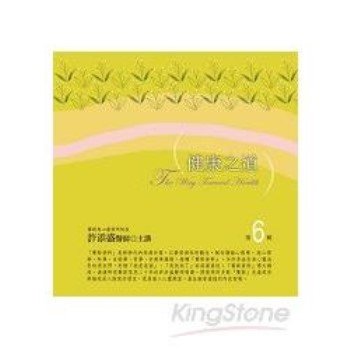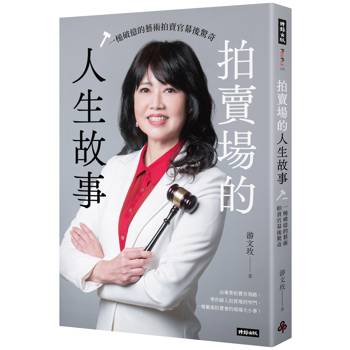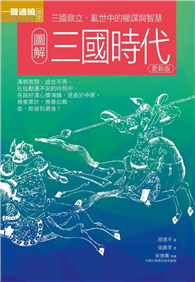By 1920 Buenos Aires was the largest and most cosmopolitan city of Latin America due to mass immigration from Europe in the previous decades. Unbridled urban expansion had drastic effects on the social and cultural topography of the Argentine capital, raising ideological and aesthetic issues that shaped the modernist landscape of the country. Artists across disciplines responded to these changes with conflicting depictions of urban space. Centering these conflicts as a cognitive map of modernity’s new realities in the city, Buenos Aires across the Arts looks at the interaction between modernity and modernism in literature, photography, film, and painting during the interwar period. This was a time of profound change and heightened cultural activity in Argentina. Eleni Kefala analyzes works by Jorge Luis Borges, Oliverio Girondo, José Ferreyra, Xul Solar, Roberto Arlt, and Horacio Coppola, with a focus on the city of Buenos Aires as a playground of modernity.
| FindBook |
有 1 項符合
Five and One Theses on Modernity: Buenos Aires Across the Arts, 1921-1939的圖書 |
 |
Five and One Theses on Modernity: Buenos Aires Across the Arts, 1921-1939 作者:Kefala 出版社:University of Pittsburgh Press 出版日期:2022-03-29 語言:英文 規格:平裝 / 264頁 / 普通級/ 初版 |
| 圖書館借閱 |
| 國家圖書館 | 全國圖書書目資訊網 | 國立公共資訊圖書館 | 電子書服務平台 | MetaCat 跨館整合查詢 |
| 臺北市立圖書館 | 新北市立圖書館 | 基隆市公共圖書館 | 桃園市立圖書館 | 新竹縣公共圖書館 |
| 苗栗縣立圖書館 | 臺中市立圖書館 | 彰化縣公共圖書館 | 南投縣文化局 | 雲林縣公共圖書館 |
| 嘉義縣圖書館 | 臺南市立圖書館 | 高雄市立圖書館 | 屏東縣公共圖書館 | 宜蘭縣公共圖書館 |
| 花蓮縣文化局 | 臺東縣文化處 |
|
|
圖書介紹 - 資料來源:博客來 評分:
圖書名稱:Five and One Theses on Modernity: Buenos Aires Across the Arts, 1921-1939
內容簡介
作者簡介
Eleni Kefala is senior lecturer at the University of St. Andrews. Her work explores modernity across different periods and cultures from a comparative and interdisciplinary perspective. She is the author of The Conquered: Byzantium and America on the Cusp of Modernity and Peripheral (Post) Modernity: The Syncretist Aesthetics of Borges, Piglia, Kalokyris, and Kyriakidis, and editor of Negotiating Difference in the Hispanic World: From Conquest of Globalization.
|











